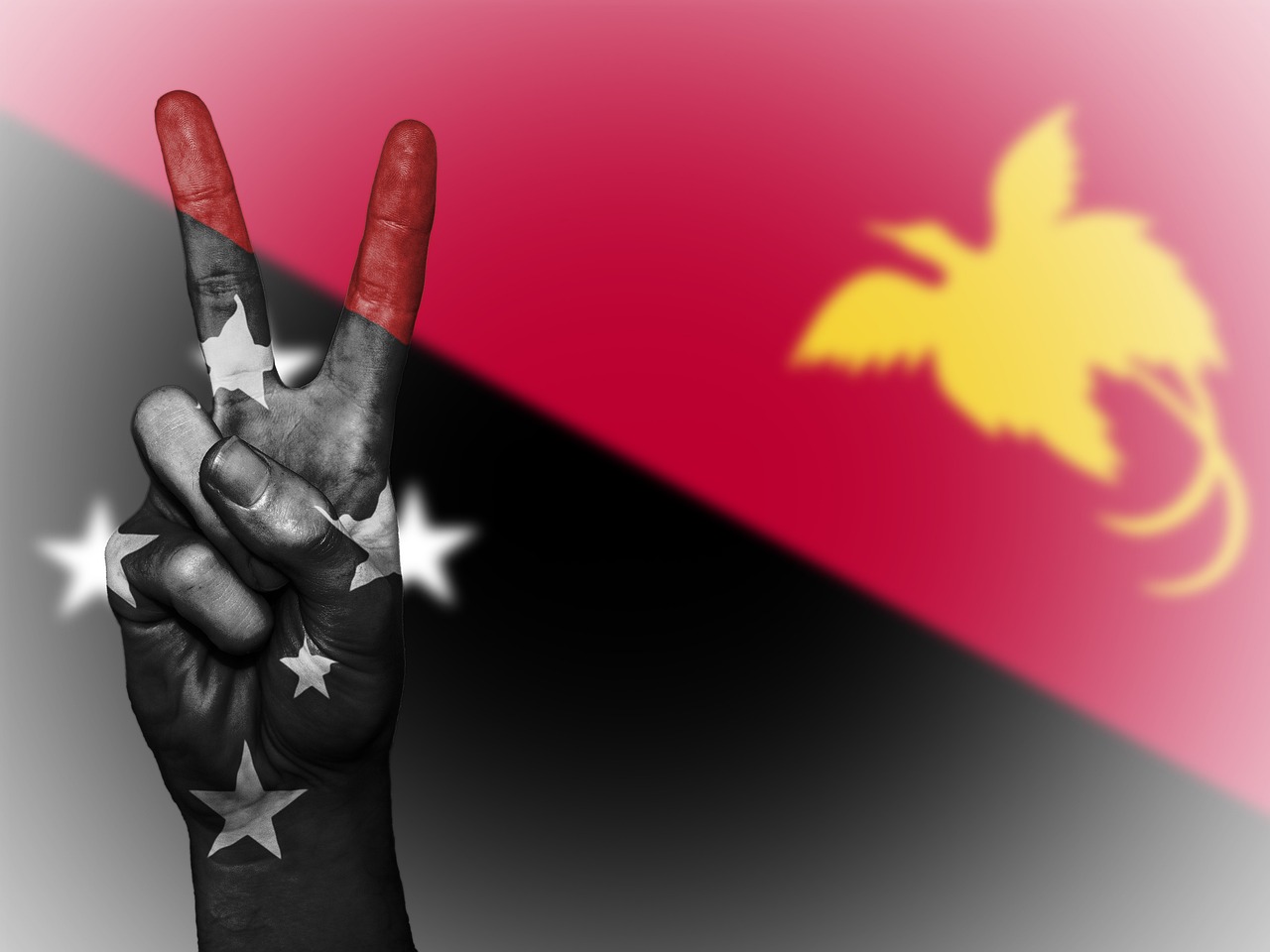Weathering Papua New Guinea: Seasonal Changes and What to Expect
Papua New Guinea, located in the southwestern Pacific Ocean, is known for its stunning natural beauty and diverse landscapes. The country experiences a tropical climate with distinct seasonal changes throughout the year. Understanding the weather patterns in Papua New Guinea is essential for planning your visit and making the most of your time in this captivating country. In this article, we will explore the seasonal changes and what to expect when it comes to the weather in Papua New Guinea.
The Wet Season: December to March
The wet season in Papua New Guinea typically occurs from December to March. During this time, the country experiences heavy rainfall and high humidity. The wet season is characterized by frequent tropical storms and cyclones, particularly in the northern regions. Travelers should be prepared for wet weather and potential disruptions to outdoor activities. It is advisable to pack waterproof clothing and plan indoor activities during this period.
- Heavy Rainfall: Papua New Guinea receives a significant amount of rainfall during the wet season, with some areas experiencing over 3000mm annually. This rainfall contributes to the lush greenery and vibrant landscapes that the country is known for.
- Tropical Storms and Cyclones: The wet season is also associated with an increased risk of tropical storms and cyclones. These weather events can bring strong winds, heavy rainfall, and potential flooding. It is important to stay updated with weather forecasts and heed any warnings or advisories issued by local authorities.
- High Humidity: The wet season in Papua New Guinea is characterized by high humidity levels, which can make the weather feel hot and sticky. It is advisable to pack lightweight and breathable clothing to stay comfortable in these conditions.
The Dry Season: May to October
The dry season in Papua New Guinea generally occurs from May to October. This period is characterized by less rainfall and more stable weather conditions. The dry season is considered the peak tourist season, as the weather is generally more favorable for outdoor activities and exploring the country.
- Mild Temperatures: During the dry season, temperatures in Papua New Guinea are generally mild and pleasant. Average temperatures range from 25 to 30 degrees Celsius (77 to 86 degrees Fahrenheit), making it an ideal time to engage in outdoor activities.
- Lower Humidity: Compared to the wet season, the dry season experiences lower humidity levels, providing a more comfortable climate for travelers. The drier air also allows for clearer skies and better visibility, perfect for capturing stunning photographs of the landscapes.
- Less Rainfall: The dry season is characterized by a significant decrease in rainfall compared to the wet season. This allows for more predictable weather conditions and minimizes the risk of disruptions to travel plans.
The Shoulder Seasons: April and November
The shoulder seasons in Papua New Guinea occur in April and November, transitioning between the wet and dry seasons. These months can offer a mix of weather conditions, with some rainfall and occasional variability. Travelers visiting during the shoulder seasons can enjoy fewer crowds and potentially lower prices for accommodations and tours.
- Transitioning Weather: The shoulder seasons mark the transition between the wet and dry seasons, resulting in variable weather conditions. While there may still be some rainfall, it is generally less intense compared to the wet season.
- Potential Discounts: As the shoulder seasons are considered off-peak travel periods, travelers may find discounted rates for accommodations and tours. It can be a great time to explore Papua New Guinea while enjoying more affordable options.
- Opportunity for Wildlife Encounters: The shoulder seasons can also provide unique opportunities for wildlife encounters. Many species, including birds and marine animals, can be spotted during this time as they migrate or engage in breeding activities.
Image 1

The Importance of Being Prepared
Regardless of the season you choose to visit Papua New Guinea, it is important to be prepared for the weather conditions. Here are some essential tips to keep in mind:
- Pack Accordingly: Depending on the season, pack appropriate clothing and accessories such as waterproof gear, sunscreen, insect repellent, and comfortable shoes for outdoor activities.
- Stay Informed: Stay updated with weather forecasts and any travel advisories issued by local authorities. This will help you plan your activities and ensure your safety during your visit.
- Plan Indoor Activities: In case of unfavorable weather conditions, have a backup plan with indoor activities such as museum visits, cultural performances, or exploring local markets.
- Respect Local Customs: Remember to respect local customs and traditions when visiting Papua New Guinea. This includes appropriate dress codes and behavior when interacting with local communities.
Image 2

Conclusion
Papua New Guinea offers a unique and diverse experience for travelers, with its stunning landscapes, rich cultural heritage, and warm hospitality. Understanding the seasonal changes and what to expect in terms of weather will help you make the most of your visit. Whether you choose to explore during the wet season, dry season, or the shoulder seasons, Papua New Guinea is sure to captivate you with its natural beauty and vibrant culture.
Image 3

References
- Papua New Guinea Tourism Promotion Authority: www.papuanewguinea.travel
- Bureau of Meteorology: www.bom.gov.pg
- Lonely Planet: www.lonelyplanet.com/papua-new-guinea

